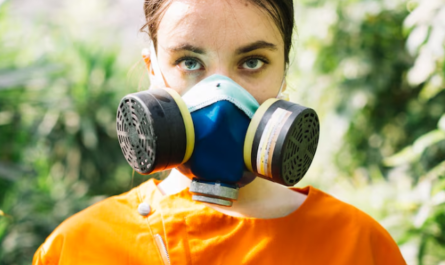Temporary Heating Safety: Best Practices to Keep Your Workplace Safe
Temporary heating is an essential solution for maintaining comfortable temperatures during cold weather or in unheated work areas. However, improper use of temporary heaters can lead to safety risks, including fires, carbon monoxide poisoning, and burns. In this blog, we’ll explore 25 critical safety tips for managing temporary heating systems effectively. Whether you’re in construction, warehousing, or event management, following these guidelines can help ensure a safe environment for everyone.
1. Choose the Right Heater for the Job
Select heaters certified for the intended use and environment, such as construction sites or confined spaces. Always verify compliance with local fire and building codes.
2. Inspect the Heater Before Use
Check for damaged cords, broken parts, or other hazards. Temporary heating equipment should be in good condition to avoid malfunctions.
3. Read the Manufacturer’s Instructions
Every heater model is different. Always follow the manufacturer’s instructions for installation, operation, and maintenance.
4. Use Heaters in Well-Ventilated Areas
Proper ventilation prevents the buildup of carbon monoxide, a deadly gas that can result from incomplete combustion.
5. Maintain Safe Clearance
Place heaters at least 3 feet away from combustible materials like wood, paper, and fabric.
6. Secure Fuel Sources
For gas- or propane-powered heaters, ensure that fuel tanks are stored safely, upright, and away from heat sources.
7. Train Workers on Heater Safety
Conduct safety talks with employees to educate them on the proper use and risks of temporary heating equipment.
8. Never Leave Heaters Unattended
Turn off heaters when not in use or when no one is monitoring them.
9. Install Carbon Monoxide Detectors
In enclosed spaces, CO detectors are crucial for alerting occupants to dangerous gas levels.
10. Keep Heaters on a Stable Surface
Place heaters on level, non-flammable surfaces to reduce the risk of tipping over.
11. Use Heaters with Safety Shut-Off Features
Select heaters with automatic shut-off functions that activate if the unit tips over or overheats.
12. Avoid Using Extension Cords
Plug heaters directly into grounded electrical outlets. Extension cords can overheat and become a fire hazard.
13. Inspect Fuel Connections Regularly
Leaks in fuel lines can lead to fires or explosions. Check connections often to prevent accidents.
14. Keep Children and Pets Away
In workplaces where families or pets may be present, restrict access to heating equipment to avoid burns or injuries.
15. Monitor Indoor Air Quality
Excessive use of heaters can reduce humidity levels, leading to discomfort. Additionally, fuel-based heaters can introduce harmful pollutants.
16. Maintain a Fire Extinguisher Nearby
Ensure an ABC-rated fire extinguisher is within easy reach and that workers are trained to use it.
17. Follow Fuel Storage Regulations
Store fuel away from heat sources and follow local safety codes for handling and storage.
18. Conduct Routine Safety Inspections
Regularly inspect temporary heating systems during their operation to identify and address potential risks.
19. Avoid Overloading Circuits
Heaters can draw significant power. Ensure circuits are not overloaded to prevent electrical fires.
20. Use Outdoor Heaters Only as Intended
Do not use outdoor-rated heaters indoors, as they may emit harmful gases and lack proper safety features for enclosed spaces.
21. Enforce No-Smoking Zones
Establish no-smoking policies near temporary heating equipment to prevent accidental ignition of flammable materials.
22. Document Safety Procedures
Maintain written safety guidelines and ensure they are easily accessible to all employees.
23. Plan for Emergency Shutdowns
Know how to safely turn off heaters in case of emergencies, such as a fuel leak or fire.
24. Educate on First Aid for Burns
Train workers to administer first aid for minor burns and understand when to seek medical attention for more severe injuries.
25. Conduct Regular Safety Talks
Include temporary heating safety as a recurring topic in toolbox talks to reinforce awareness and compliance.
By adhering to these temporary heating safety guidelines, you can create a safer work environment while reducing risks associated with improper heating practices.
“Start Your Website Journey Today – Exclusive Hostinger Discounts!”











